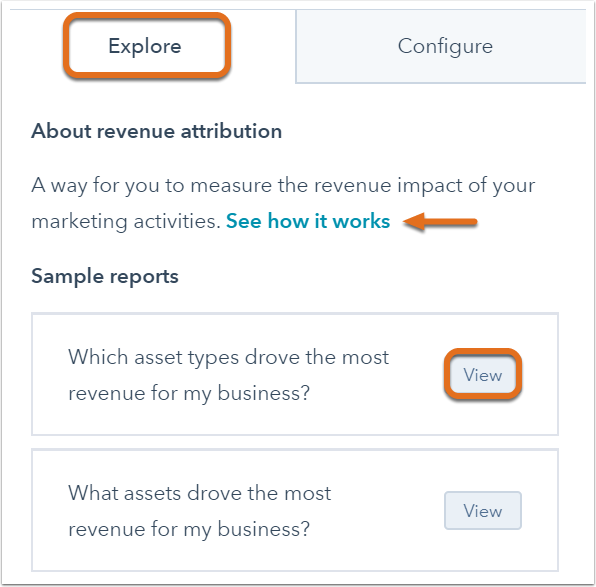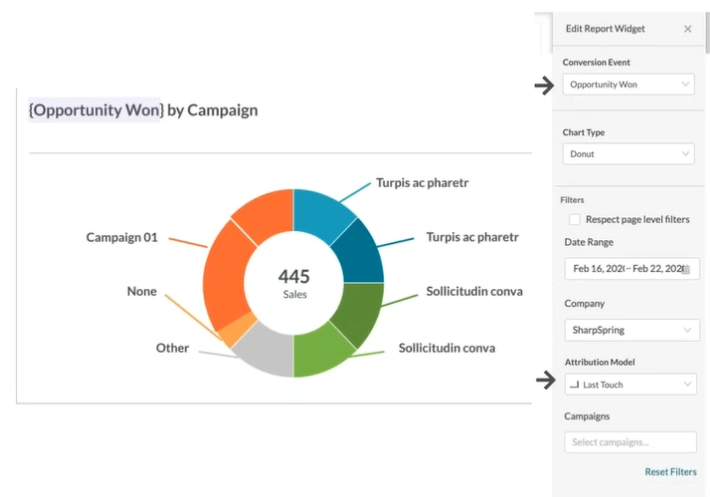


It also allows you to reallocate funds to your more successful marketing channels, like Google Search and Facebook, ultimately helping you to get more bang for your buck by improving your ROAS. If you notice a lack of engagement with your Youtube ads and emails, you might decide to cut back on-or even eliminate-these channels as a part of your marketing mix. Multi-touch attribution also lends itself to an iterative approach to digital marketing-you can quickly tweak your ad creative and copy to test their effectiveness.Īnother benefit is that it gives you a more holistic view of your digital marketing efforts. It’s no longer a debate about where the conversion came from, allowing you to better target and personalize content for your audience. One of the main benefits of using this more complicated attribution model is that it eliminates the bias in attribution. It can be a pretty complicated process to set up multi-touch attribution, especially because it involves a reliable technology stack in order to properly credit each customer touchpoint. In reality, however, these touchpoints might get equal credit to the conversion event depending on which attribution model is used. The skipped Youtube ad and unopened marketing email should, in theory, get little to no credit for the conversion because the potential customer didn’t interact with either. To which of these digital marketing tactics can we attribute the conversion? With multi-touch attribution, some of the success of the campaign would be attributed to the Google Search ad and some would be attributed to the native Facebook ad. Finally, they see a native Facebook ad, which leads them to make a purchase, thus converting. Later that day, that same potential customer searches for “iPhone case” on Google Search, sees one of your sponsored ads as a top result, and clicks on the link but doesn’t make a purchase.Ī few days later, that potential customer gets one of your marketing emails but doesn’t even open it.

A potential customer sees an ad for your product while watching a YouTube video and skips the ad. Let’s say you’re selling smartphone accessories. Multi-touch attribution is the most complex type of marketing attribution because it takes into account every single step of the customer journey. At its simplest, it can track the first or last marketing touchpoint in the customer journey, and attribute 100% credit to that touchpoint. At its most complicated, marketing attribution can track every single marketing touchpoint in the customer journey. Marketing attribution is an overarching term used to describe how you can attribute each conversion-or sale-to a specific marketing touchpoint in any given campaign. As your business evolves, you’ll throw more and more digital marketing techniques into your marketing mix in order to attract new customers, but how will you know who’s coming from where? The answer? Marketing attribution At its inception, you’ll likely start your marketing efforts with a limited number of marketing tactics, like paid ads on Google Search or social media platforms like Facebook and TikTok. As your business grows, you’ll want to “pull the lever” on different marketing channels.


 0 kommentar(er)
0 kommentar(er)
